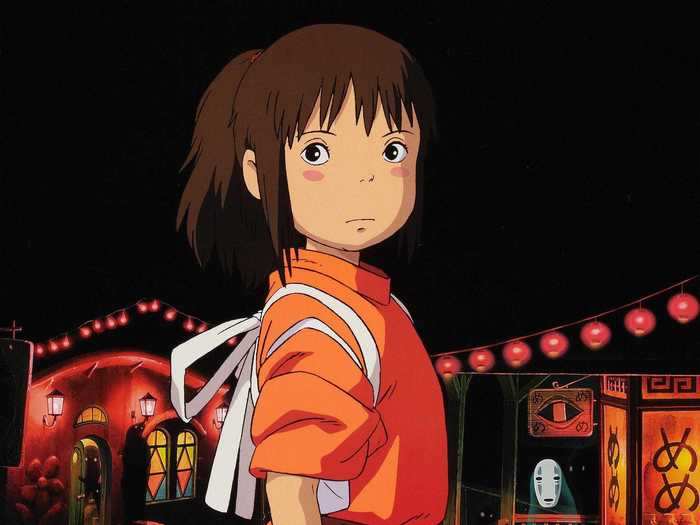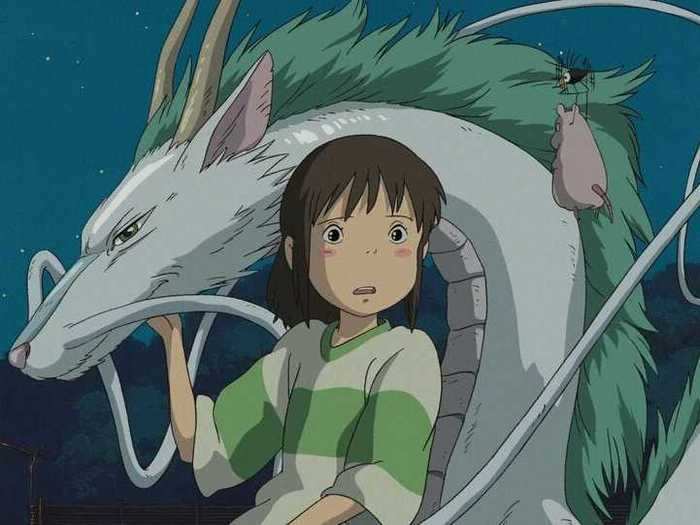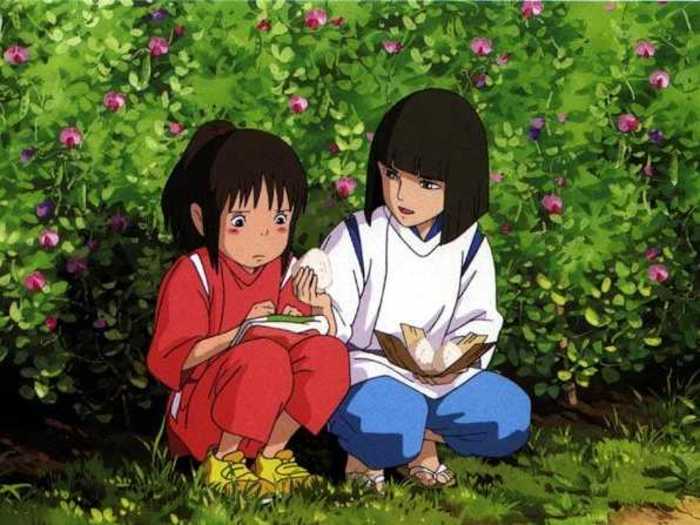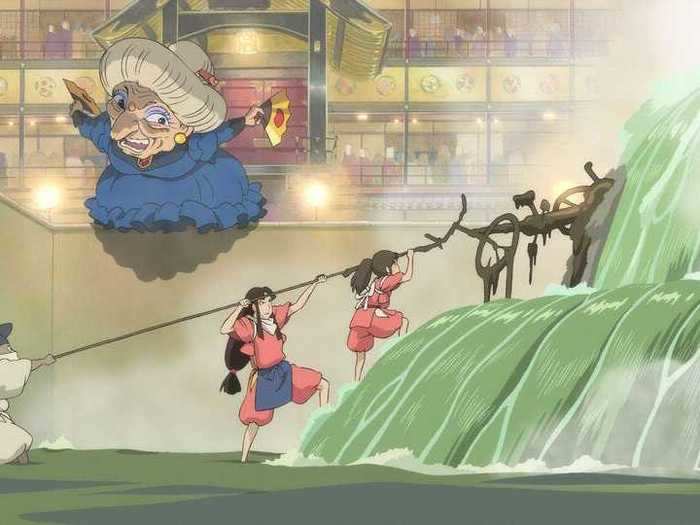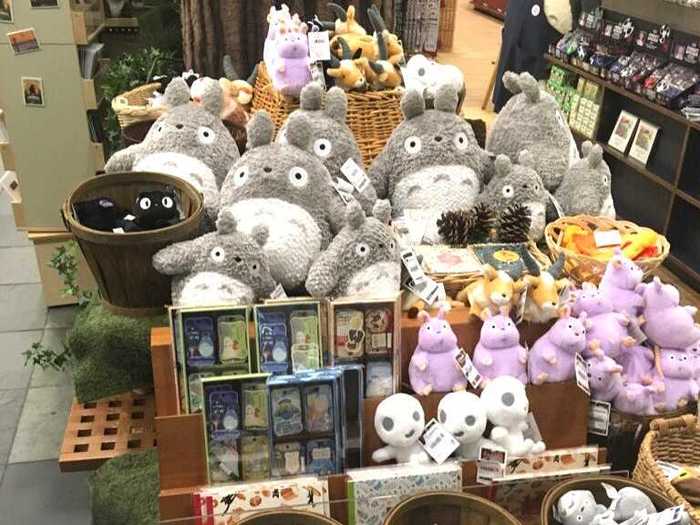"Spirited Away" won an Oscar for Best Animated Feature in 2003, but it continues to captivate audiences to this day.
"Spirited Away" won an Oscar in 2003 for Best Animated Feature. At $395.5 million in box office takings, it was the highest-grossing animated film ever in Japan for 19 years. It was dethroned by "Demon Slayer: Mugen Train" last year, which reaped over $500 million in gross earnings.
Spirited Away/IMDB
"Sen to Chihiro no Kamikakushi" — better known by its title, "Spirited Away" — was released today, exactly 20 years ago. It is known as Japanese auteur Hayao Miyazaki's masterpiece, particularly after it won him an Oscar in 2003 for Best Animated Feature.
The movie continues to enthrall audiences to this day. Netflix won the rights last year to air a version of it subtitled in 28 languages, while HBO Max snapped up the rights to screen it in North America.
But Spirited Away is more than just a movie — it has had an enduring impact on Japanese animated film for two decades.
Miyazaki's use of mythology continues to influence film.
"Spirited Away" includes references to mythology and Shintoism throughout the movie.
Spirited Away Wikia
"Spirited Away" is a fairytale about a little girl, Chihiro, who gets trapped in the spirit world after a misadventure. After finding employment in a strange bathhouse run by a sorceress named Yubaba, Chihiro is forced to navigate the trials and tribulations of this mystical and unknown universe, with the help of Haku, a river dragon in human form.
One defining feature of "Spirited Away" is its lack of hesitance to liberally use elements of Shintoism, a Japanese belief that "kami" (or spirits) are omnipresent and all around us. The movie itself is peppered with obscure references to gods and demons, and the supernatural universe.
Since "Spirited Away" elements of Japanese mythology continue to pop up in modern anime. One of the most notable instances of this is "Noragami" (translated to "Stray God"), a 2014 urban fantasy anime heavily influenced by the supernatural world.
"Spirited Away" set a precedent for making heroines the center of Japanese animated films.
"Spirited Away" made having a young female protagonist finding her way in the world a commonplace staple in anime.
Studio Ghibli Wikia
Before "Spirited Away," many Japanese anime storylines focused on the stories of little boys. The popular "Pokémon" series, for instance, revolves around the adventures of its 10-year-old protagonist Ash Ketchum, and his journey to "catch 'em all."
Since Miyazaki's Spirited Away, however, it has become much more common to see female protagonists take center stage.
Notable examples include "Nana," a Japanese animated series released in 2006, about the intertwined lives of two young women living in Tokyo; "Violet Evergarden," (2018) a story about war, love, and loss; and "Darling in the Franxx," (2018) a sci-fi anime series set in a dystopian future.
"Spirited Away's" dreamlike landscapes have continued to find their way into more recent Japanese anime movies.
One of "Spirited Away"'s most memorable sequences is one that the movie's fans call "the train scene" - where no dialogue or plot developments happen for a full two minutes.
Spirited Away Wikia
Part of Spirited Away's lasting appeal lies in Miyazaki's willingness to let the film "breathe," and give the landscape itself room to "speak."
In a 2002 interview, Miyazaki told US film critic Roger Ebert that this spell-like quality to his film could be described as "ma," a Japanese term for "intentional emptiness."
"If you just have non-stop action with no breathing space at all, it's just busyness," Miyazaki said. "But if you take a moment, then the tension building in the film can grow into a wider dimension."
These elements have found their way into the works of modern Japanese filmmaker Makoto Shinkai, of "5 Centimeters per Second" (2007) and "Your Name" (2016) fame. In these more recent films, a great emphasis is put on the environment, with long scenes during which close to nothing important happens in the plot, giving the viewer time to take in intricate details of the animation.
?Spirited Away" offers a thoughtful message about environmental pollution embedded within it. Now modern Japanese animated films know they have the room to communicate a deeper message, too.
In a scene mid-way through the movie, protagonist Chihiro helps to cleanse a river spirit of his earthly burden - a mountainous heap of trash confining him to the human world.
Spirited Away Wikia
In a pivotal scene in "Spirited Away," Chihiro helps free an ancient river god from his physical confines — a literal river of trash, including bicycles, fishing lines, and sludge.
Twenty years ago, this was considered a bold political statement to make in a film for kids — but Miyazaki has continued to use his work to communicate his ideas about contentious subjects. Miyazaki's 2004 film, "Howl's Moving Castle," also made an audacious statement about the tragedy of war.
Similarly, Shinkai's 2019 release, "Weathering with You," a film about an environmental disaster that drowns Tokyo overnight, centers on climate change.
Meanwhile, "Attack on Titan" (2013) and other animated series have similarly tried to address heavier, tragic topics, tackling the topics of death, war, and mass destruction head-on.
"Spirited Away" also made merchandise like plushies and other paraphernalia a thing.
Studio Ghibli has found its way into the US, too. This is just part of Kinokuniya San Francisco's massive in-store section dedicated to Ghibli merchandise.
Kinokuniya San Francisco

